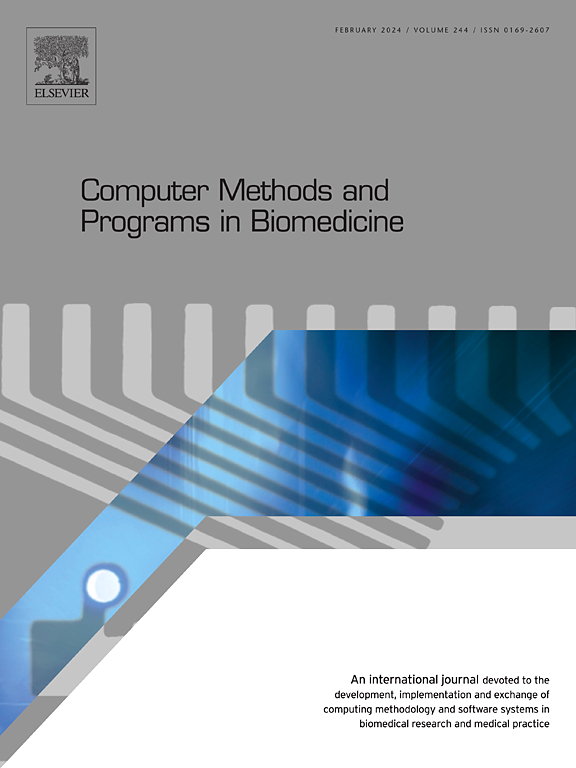Methods in dynamic treatment regimens using observational healthcare data: A systematic review
IF 4.9
2区 医学
Q1 COMPUTER SCIENCE, INTERDISCIPLINARY APPLICATIONS
引用次数: 0
Abstract
We present a systematic review of methods used to estimate Dynamic Treatment Regimens (DTR) using observational healthcare data and provide a brief summary of their strengths and weaknesses, evaluation metrics, and suitable research problem settings. We considered all observational studies identified in PubMed or EMBASE between January 1950 until January 2022, including only studies that evaluated medical treatments or interventions as exposure and/or outcome in patients and where DTRs were estimated. 83 studies met our inclusion criteria; 44.6% estimating DTR utilizing reinforcement learning, 18.1% utilizing counterfactual-based models, 12.1% utilizing classification-based methods, and 9.6% utilized g-methods. Among the studies analyzed, 28.9% aimed to replicate human expert DTRs, while 71.1% aimed to refine and improve existing DTRs. Approximately two-thirds of studies (65.1%) reported the assumptions required for their applied methods, such as exchangeability, positivity, consistency, and Markov property. Most of the studies (83.1%) estimated DTRs with more than two treatment options; 50.6% mentioned time-varying confounders, only a few estimated conditional average treatment effects (7.2%). Most (85.5%) validated their methods, with 32.5% using expected outcomes (e.g., survival rates), 26.5% employing simulated data, and 25.3% conducting direct comparisons with observational data.
求助全文
约1分钟内获得全文
求助全文
来源期刊

Computer methods and programs in biomedicine
工程技术-工程:生物医学
CiteScore
12.30
自引率
6.60%
发文量
601
审稿时长
135 days
期刊介绍:
To encourage the development of formal computing methods, and their application in biomedical research and medical practice, by illustration of fundamental principles in biomedical informatics research; to stimulate basic research into application software design; to report the state of research of biomedical information processing projects; to report new computer methodologies applied in biomedical areas; the eventual distribution of demonstrable software to avoid duplication of effort; to provide a forum for discussion and improvement of existing software; to optimize contact between national organizations and regional user groups by promoting an international exchange of information on formal methods, standards and software in biomedicine.
Computer Methods and Programs in Biomedicine covers computing methodology and software systems derived from computing science for implementation in all aspects of biomedical research and medical practice. It is designed to serve: biochemists; biologists; geneticists; immunologists; neuroscientists; pharmacologists; toxicologists; clinicians; epidemiologists; psychiatrists; psychologists; cardiologists; chemists; (radio)physicists; computer scientists; programmers and systems analysts; biomedical, clinical, electrical and other engineers; teachers of medical informatics and users of educational software.
 求助内容:
求助内容: 应助结果提醒方式:
应助结果提醒方式:


